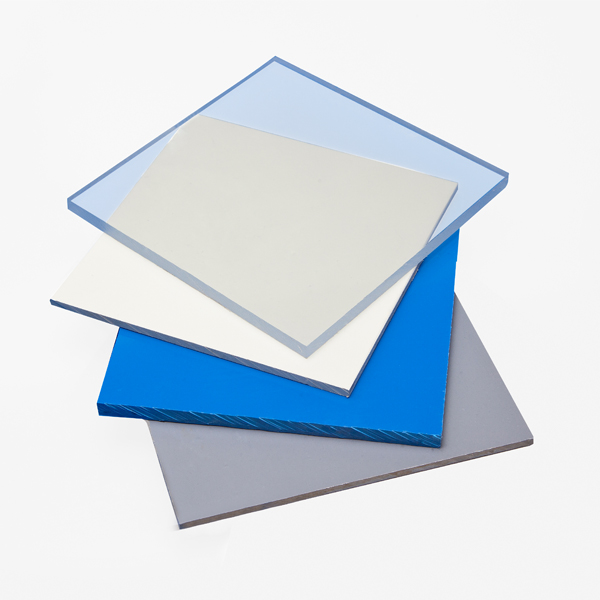Dr. Ahmed El-Shafei’s team invented a new “sensitizer†or dye that can use more ambient light and sunlight than the current market Any dye can be used for dye-sensitized solar cells (DSSCs: dye-sensitized solar cells).
“A third-party solar company used our new dye, the NCSU-10 dye, to compare the most advanced dyes on the market. Our dye power density is higher by more than 14%,†said El. - Shafei said that he is an assistant professor of textile engineering, chemistry and science. “In other words, the University of North Carolina No. 10 allows us to harvest more energy, but only the same amount of sunlight.â€
This new dye can significantly increase the efficiency of dye-sensitized solar cells, which have a range of applications. Indoors, these dye-sensitized solar cell technologies can be used to drive cell phones, laptops, and MP3 players, using only ambient light. Outdoors, they can be used in conventional solar arrays, or in advanced energy-driven applications, as building integrated photovoltaic products, including windows, facades, and skylights, but not limited to these.
Compared with the most advanced dyestuffs on the market, the University of North Carolina No. 10 dye can absorb more photons with lower dye concentration, so it can prepare more effective solar cells for windows and exterior walls while still allowing The window is highly transparent.
Dye-sensitized solar cells are prepared using inexpensive and environmentally friendly materials, including dyes, electrolytes, and titanium dioxide (TiO2). Titanium dioxide is the white component used in toothpaste. Dye-sensitized solar cells absorb photons, or discrete packets, and create free electrons with incident light (or light shining directly on the surface), which is performed in nanoporous semiconductors such as titanium dioxide, all in the battery. . These electrons are transferred to external circuits and generate current. Because they do not rely on the angle of incident light, and are highly responsive to low-level lighting conditions, this dye-sensitized solar cell is 20% to 40% more efficient than conventional silicon photovoltaic products, in diffuse light, cloudy or cloudy. This is also true in indoor ambient light, which makes dye-sensitized solar cells a unique optoelectronic product.
A patent is being filed for this new dye, and the university is contacting potential industry partners to negotiate permission to use the University of North Carolina No. 10 dye and to fund other research in this area.
PVC is the most widely used member of the vinyl family. Common applications include chemical processing tanks, valves, fittings & piping systems,and there are some products of pvc rigid sheet and pvc plastic sheet. PVC The outstanding performance of PVC includes high mechanical strength, high hardness, good chemical resistance, electrical insulation, good printing and welding. PVC modified varieties including high polymer PVC, chlorinated PVC and PVC / ABS alloy. It`s working temperature is 0℃~+70℃.
-
Advantages:
♦ High mechanical strength, high hardness
♦ Good electrical insulation
♦ Excellent chemical and corrosion resistance
♦ Good printing and welding
♦ Flexibility adjustable
♦ Inflame retardingDisadvantages:
♦ Poor thermal stability
♦ Poor processing properties
♦ Poor impact resistance,
♦ Poor aging resistance and cold resistance


White Pvc Sheet, Blue Pvc Sheet, Black Pvc Sheet, Grey Pvc Sheet
SHENZHEN XIONGYIHUA PLASTIC INSULATION LTD , http://www.xyhplastic.com